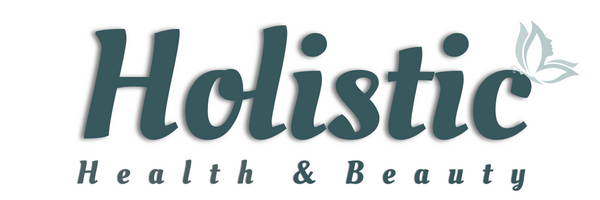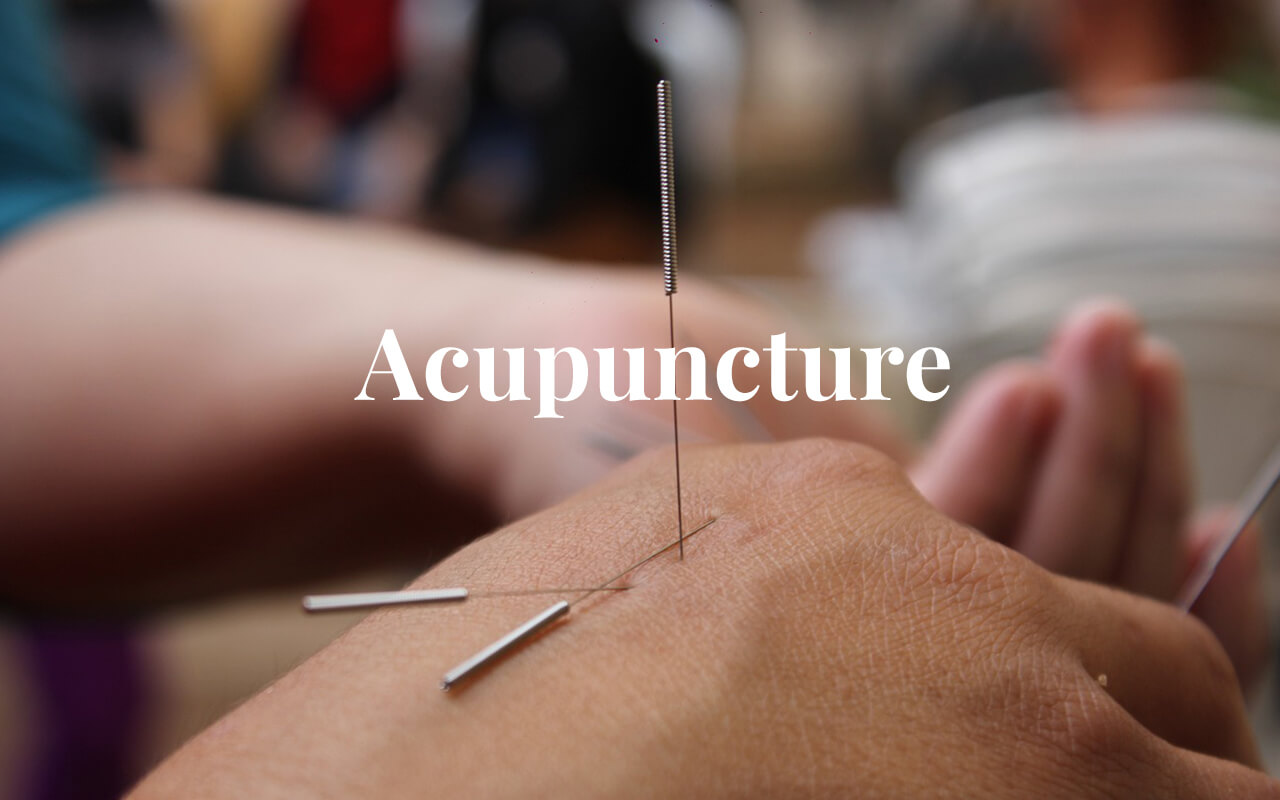
Acupuncture
What Is Acupuncture?
Acupuncture is a holistic practice of traditional Chinese medicine practice that involves inserting very thin needles into specific points on the body to promote healing and balance. It is based on the concept of restoring the flow of energy, or qi (pronounced "chee"), through pathways known as meridians. Practiced for thousands of years, acupuncture is now widely used around the world to help manage a variety of health conditions. Dry Needling is one technique of the many needling techniques that acupuncturists are extensively trained to use.
This method of healing treats not only disease but the person, combining the physical with the emotional, spiritual, and internal being. It strives to heal from the perspective that the mind is richly integrated with the body and that both must be considered. Rather than a quick fix, acupuncture should be seen as a lifestyle change, like healthy eating or regular exercise: the best results can be achieved when it is practiced regularly.
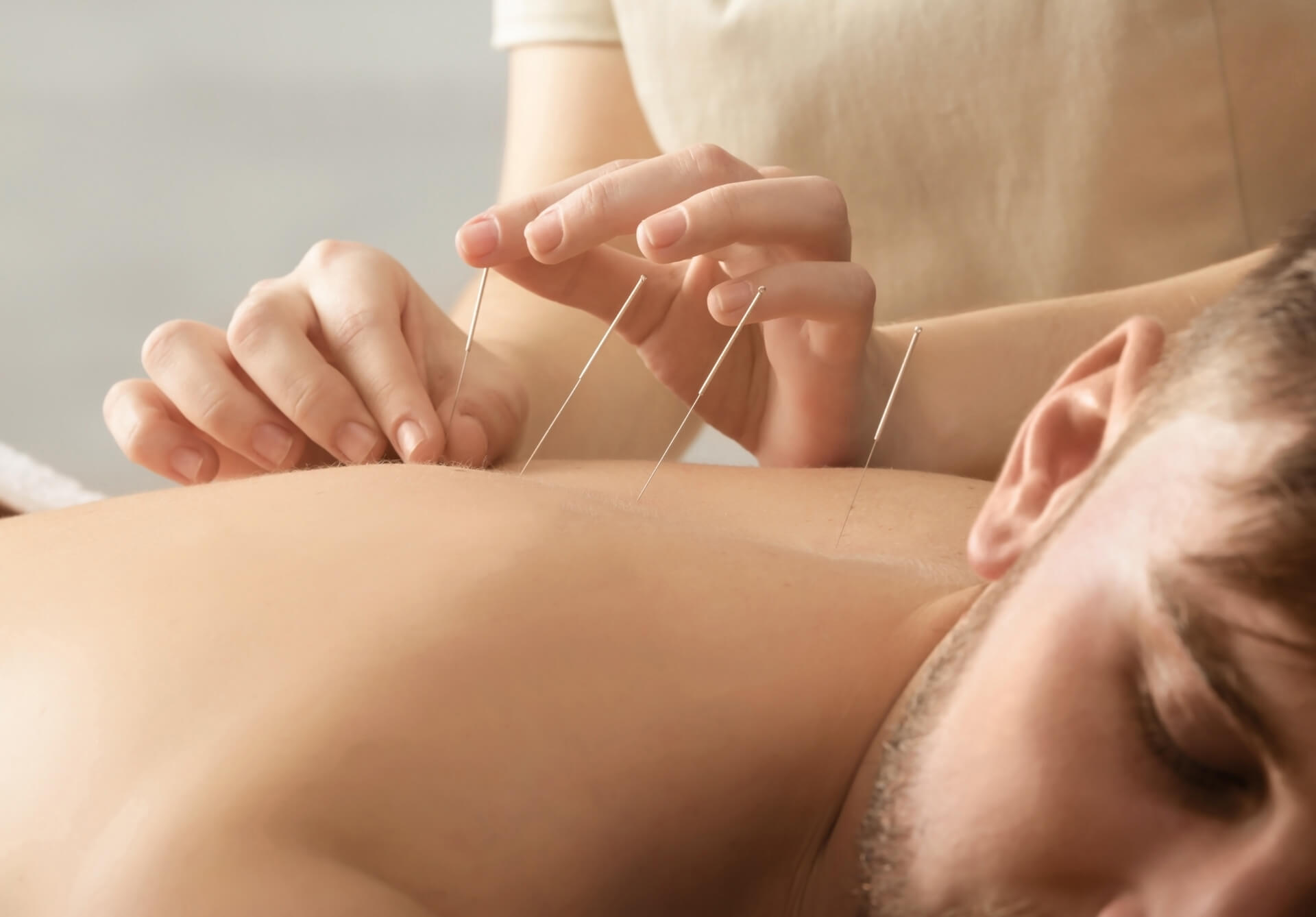
How It Works
Modern research suggests that acupuncture may stimulate nerves, muscles, and connective tissue, boosting the body’s natural painkillers and increasing blood flow. Though the exact mechanisms are still being studied, acupuncture is commonly used to address chronic pain, stress, migraines, digestive issues, and more.
What To Expect
A typical acupuncture session involves a personalized consultation. Your acupuncturist will ask more details about your health, lifestyle, and any symptoms you are experiencing. This is followed by the gentle placement of sterile, single-use needles at targeted points. Most people experience minimal discomfort and often find the treatment relaxing. The session typically lasts between 30 and 60 minutes
Acupuncture for Beginners
If you're new to acupuncture, you are not alone—and it's completely normal to have questions. Acupuncture is a gentle, natural healing method that has been used for thousands of years, and today it’s helping people all over the world feel better and live healthier lives.
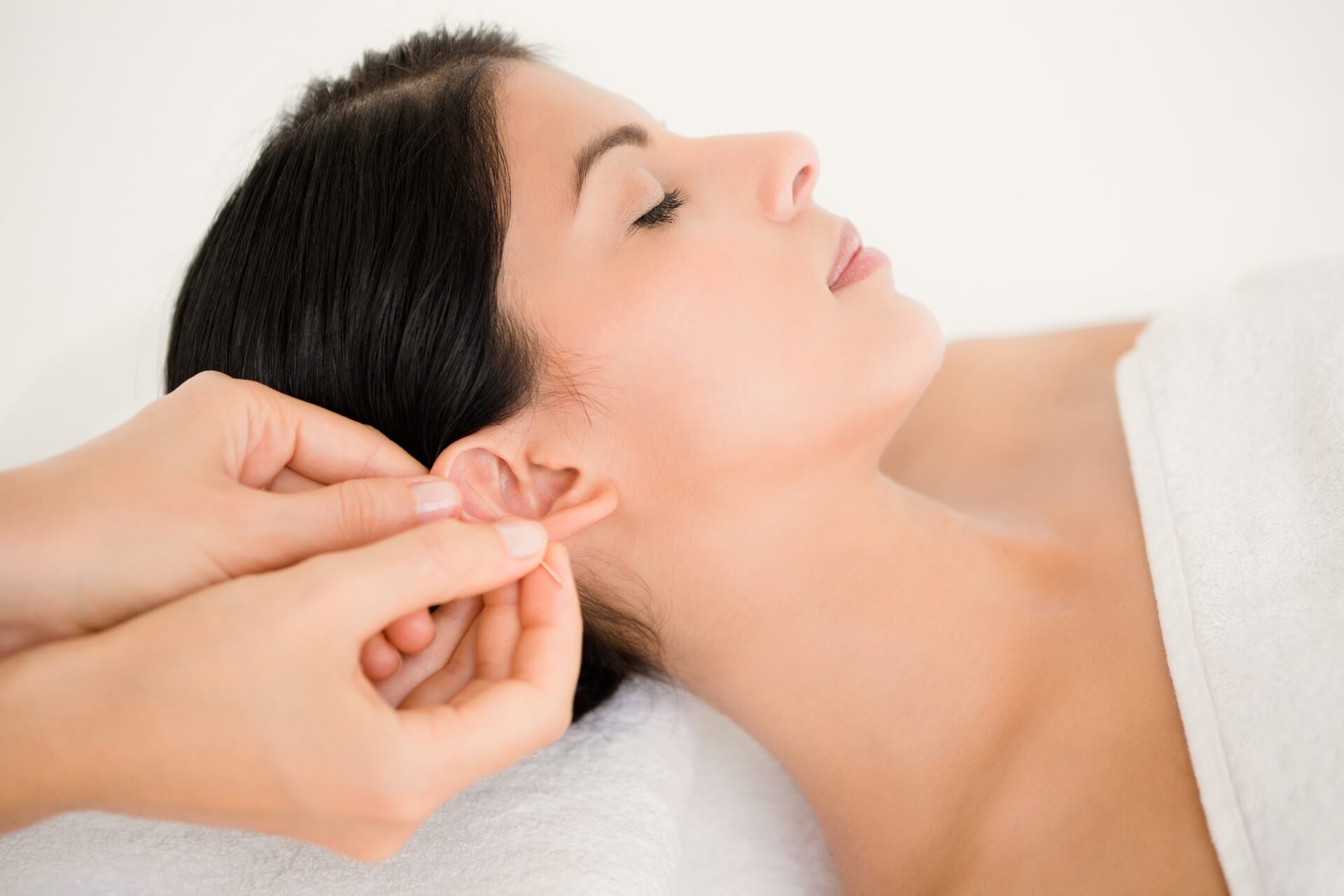
Benefits of Acupuncture
• Pain relief (back, neck, arthritis, headaches)
• Stress and anxiety reduction
• Improved sleep and digestion
• Enhanced overall wellness
What Can Acupuncture Help?
Here is a sampling of a list of diseases that lend themselves to treatment by acupuncture. Including herbal remedies can broaden the range of disorders that may be successfully treated:
• Hypertension
• Headache and Migraine
• Trigeminal Neuralgia
• Paresis following stroke
• Meniere’s Disease
• Disc problems
• Muscle Pain, Swelling, Stiffness, and Weakness
• Localized Traumatic Injuries, Sprains, Strains, Tendonitis, Contractures
• Arthritis
• Fibromyalgia
• Work and Sports Related Injuries
• Acute Sinusitis
• Common Cold
• Irritable Bowel and Colitis
• Constipation and Diarrhea
• Depression
• Pre-Menstrual Syndrome (PMS)
• Menopause Symptoms
• Obsessive Compulsive Disorder (OCD)
Always seek treatment from a licensed acupuncturist to ensure safe and effective care.
Additional Treatment Modalities
Acupuncture can be combined with other complimentary modalities. The acupuncturist will determine what is most needed for the treatment at each appointment. These may include Cupping, Moxibustion, Electro-Stimulation, Chinese Herbs, Nutrition and Lifestyle recommendations, etc.:
Gua Sha
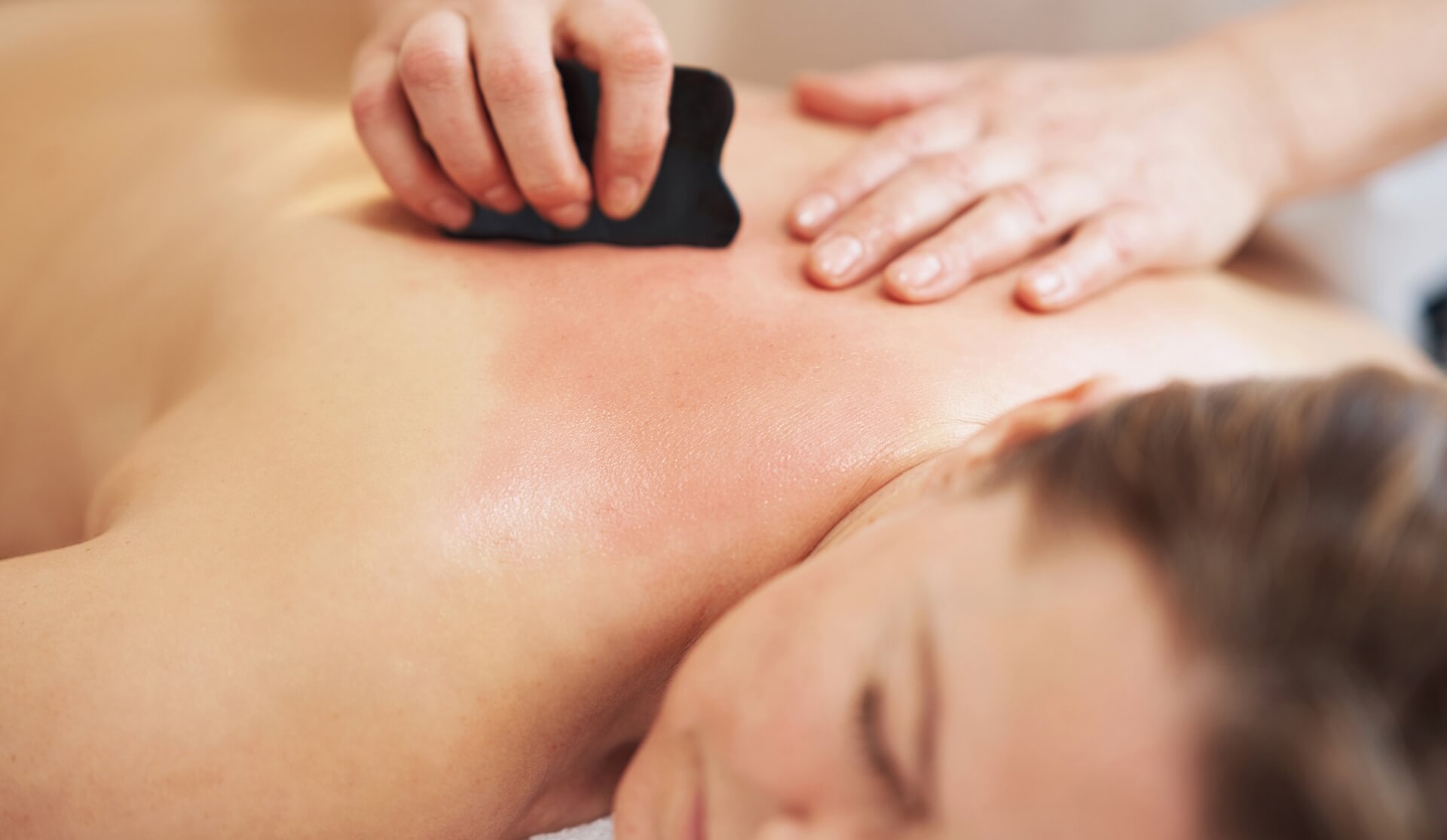
An ancient Chinese healing technique using a smooth tool such as jade or quartz in a scraping motion to gently release tension, boost circulation, and restore balance. Whether for body wellness or facial rejuvenation, Gua Sha leaves you feeling refreshed, radiant, and revitalized.
Cupping
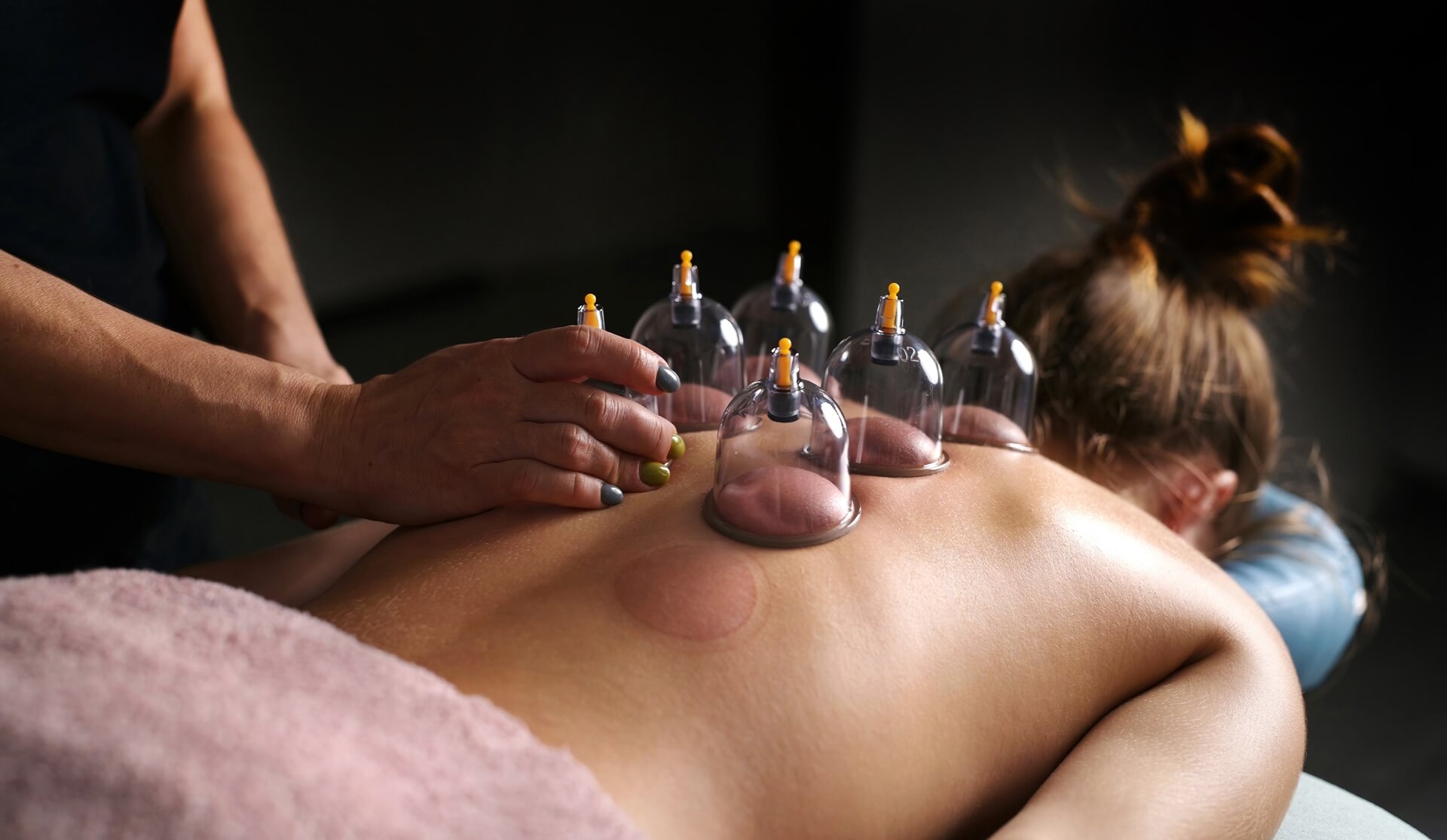
Cupping is a technique where the use of suction is applied to increase circulation in an affected area. It will bring blood flow to the area, pull toxins from the tissues, and create space in the tissues for functional movement. Cupping is used for many conditions including back, shoulder, and neck pain, the common cold and flu, etc.
Moxibustion
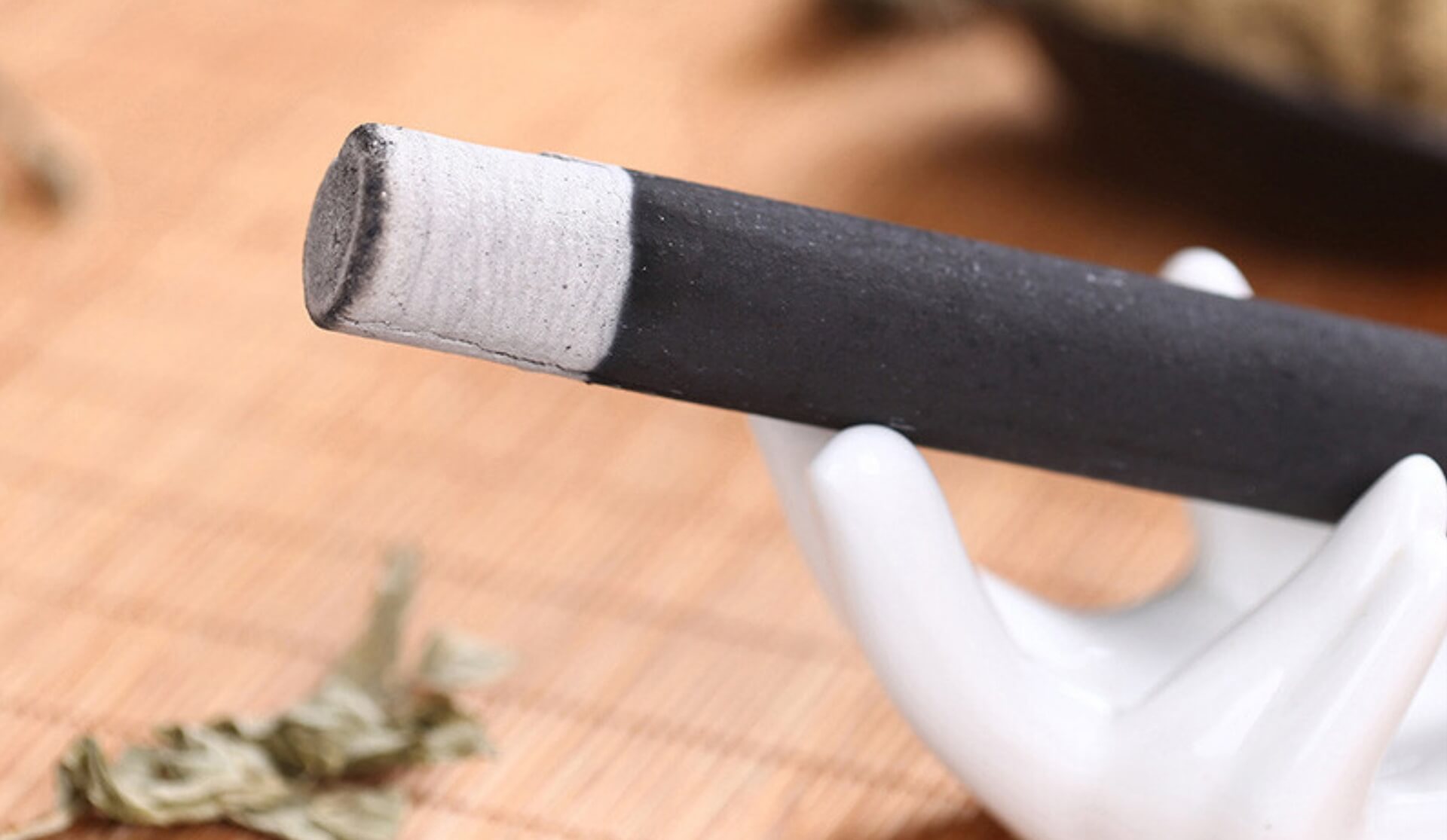
Moxibustion, also known as Moxa, is a technique in which the Chinese herb Ai Ye is used to warm an acupuncture point, needle, or meridian. Moxibustion is used to treat debilitating conditions such as arthritis and pain, as well as promoting healthy reproductive systems and other internal medicine functions.
Electro-Stimulation
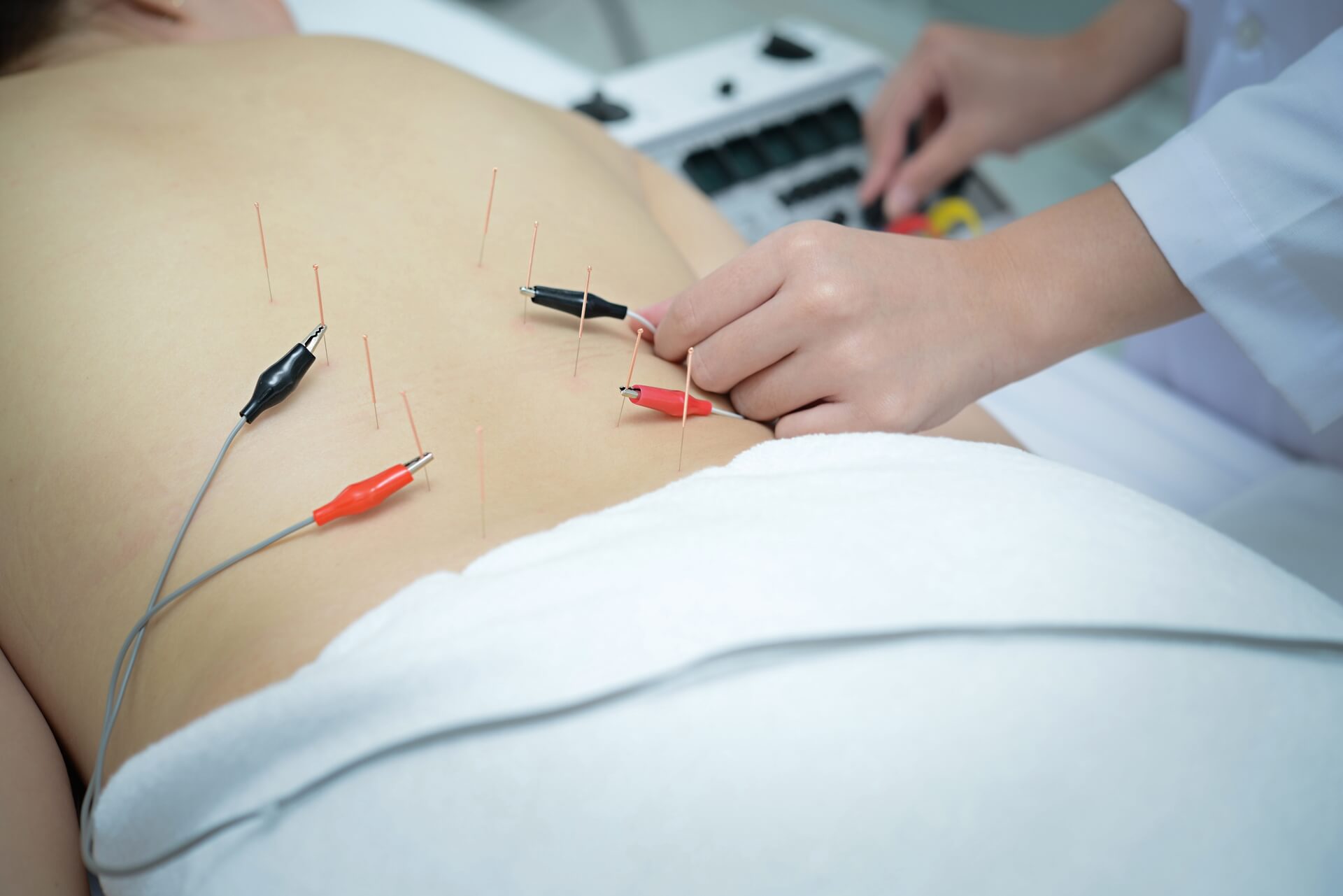
E-Stim is a technique where small electrical currents are passed through acupuncture needles to add additional stimulation to acupunture points. Electro-acupuncture has been shown to decrease pain, accelerate tissue healing, and significantly reduce inflammation. It has also been shown to impact psycho-emotional health as well as digestion and other internal organ concerns
Chinese Herbs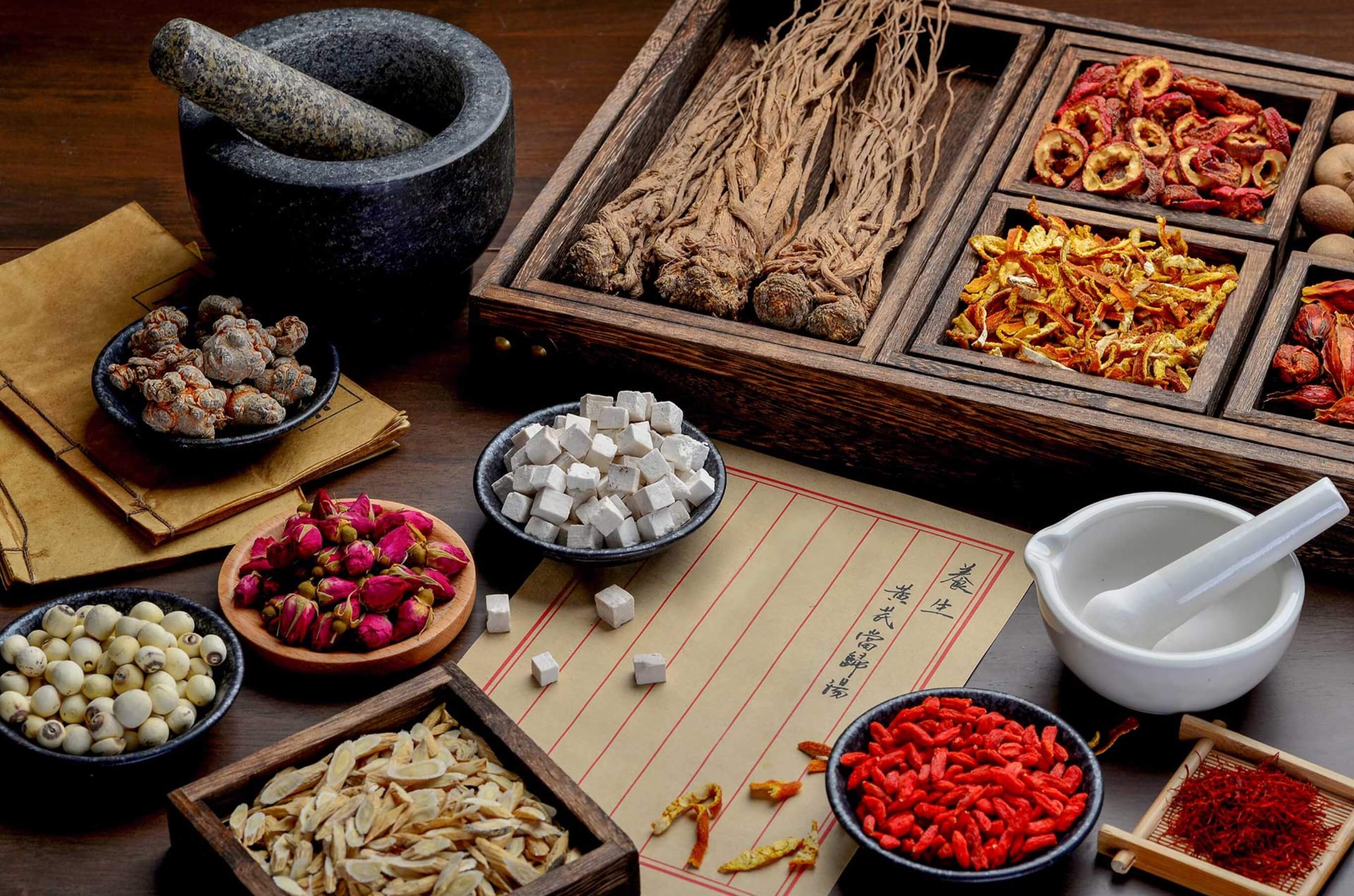

Chinese herbal medicine is personalized to the specific needs of each patient, resulting in minimal side effects. Chinese herbs can support the immune system and provide beneficial nutrients. It can be an additional tool used along side acupunture or can be a treatment solely on its own.
Nutrition & Lifestyle
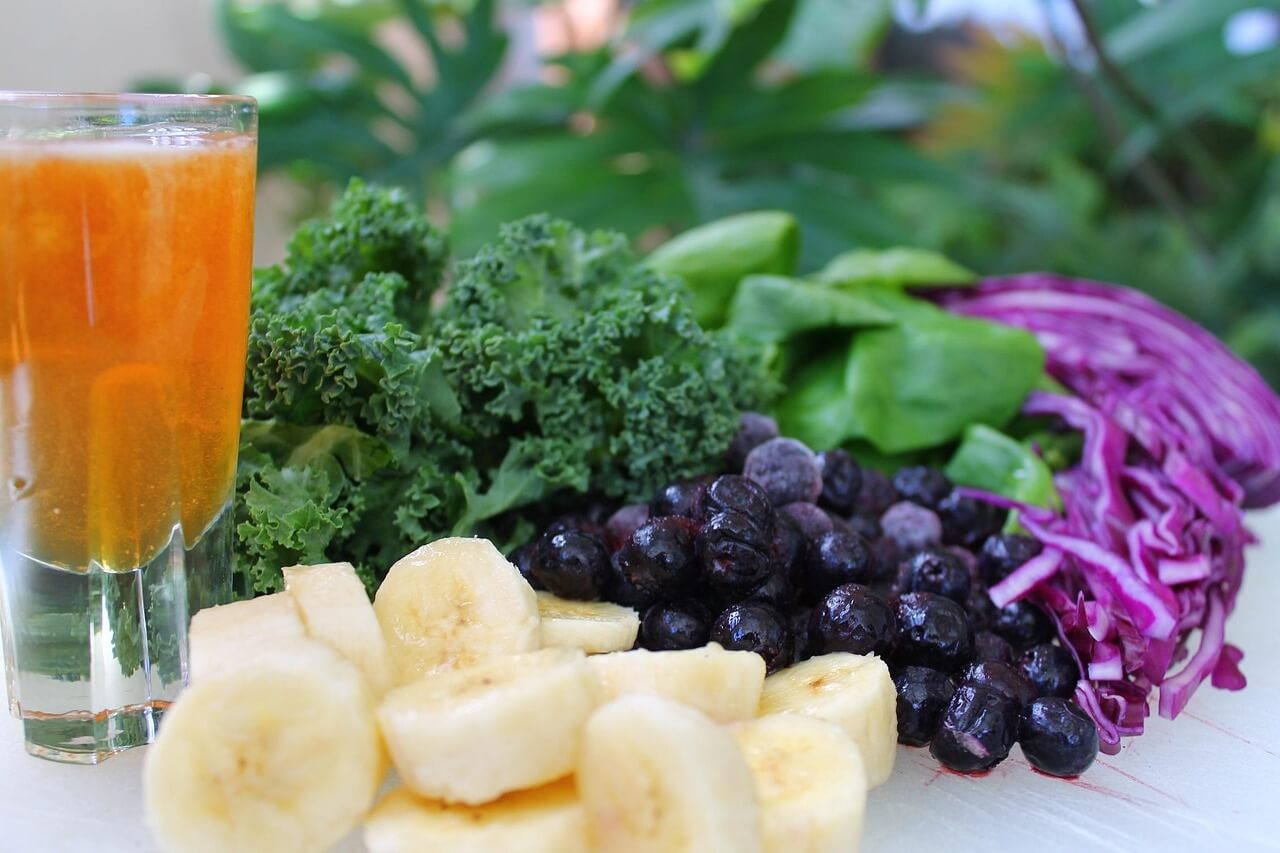
Nutrition and lifestyle advice from acupuncturists can be helpful because it often integrates principles of Traditional Chinese Medicine (TCM) with modern wellness approaches. Here’s how it may benefit you.
1. Holistic Perspective: Acupuncturists often look at the body as a whole, focusing on balance between systems (e.g., yin and yang, qi flow). Advice aims to restore internal harmony, not just relieve symptoms.
2. Individualized Recommendations: TCM practitioners usually tailor dietary and lifestyle advice to your specific constitution and condition (e.g., “dampness,” “heat,” or “qi deficiency”), which can be more personalized than generic advice.
3. Emphasis on Prevention: Acupuncturists prioritize long-term wellness and disease prevention, often recommending seasonal foods, daily routines, and stress reduction strategies.
4. Complementary to Other Care: For many, this advice supports or enhances treatment plans from conventional medicine, especially for chronic conditions like fatigue, digestive issues, or stress-related disorders.
